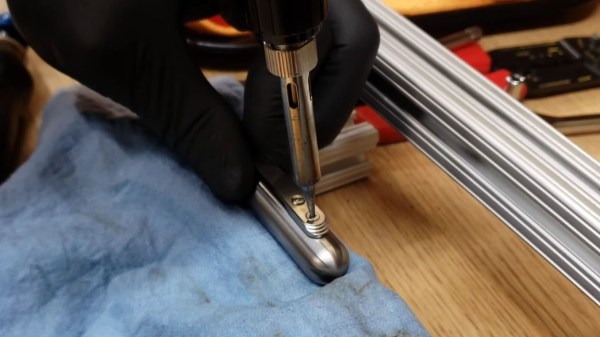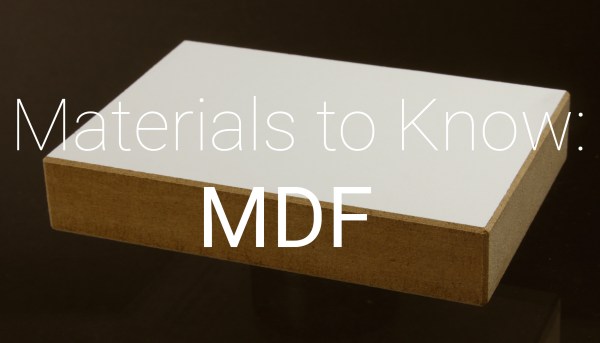As a community we owe perhaps more than we realise to the RepRap project. From it we get not only a set of open-source printer designs, but that 3D printing at our level has never become dominated by proprietary manufacturers in the way that for example paper printing is. The idea of a printer that can reproduce itself has never quite been fully realised though, because of what the RepRap community refer to as “vitamins“.
These are the mass-produced parts such as nuts, bolts, screws, and other parts which a RepRap printer can’t (yet) create for itself. It’s become a convenience among some of my friends to use this term in general for small pieces of hardware, which leads me to last week. I had a freshly printed prototype of one of my projects, and my hackerspace lacked the tiny self-tapping screws necessary for me to assemble it. Where oh where, was my plaintive cry, are the vitamins!
So my hackerspace is long on woodscrews for some reason, and short on machine screws and self-tappers. And threaded inserts for that matter, but for some reason it’s got a kit of springs. I’m going to have to make an AliExpress order to fix this, so the maybe I need you lot to help me. Just what vitamins does a a lone hardware hacker or a hackerspace need? Continue reading “3D Printering: Can You Ever Have Enough Vitamins?”

















